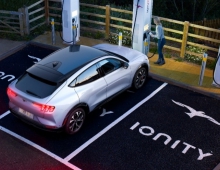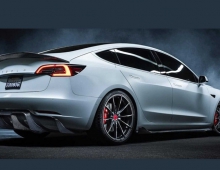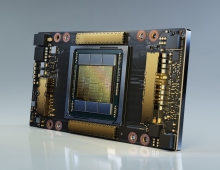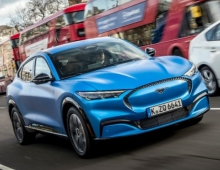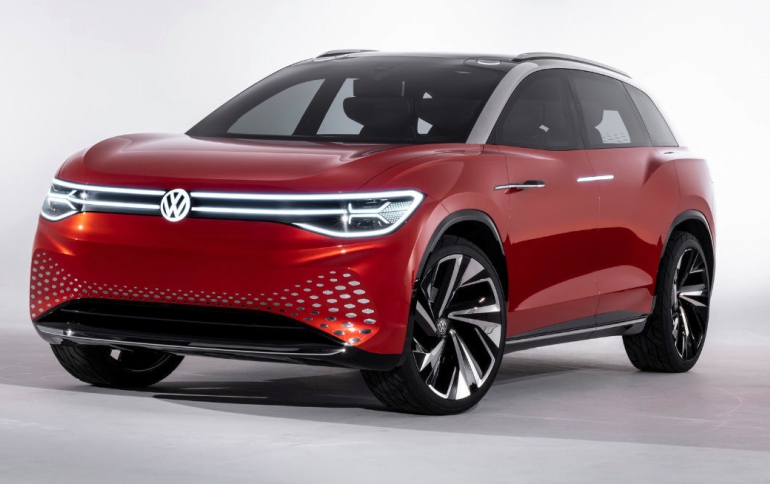
Volkswagen 's ID. ROOMZZ Electric SUV Concept Launches in Shanghai
Volkswagen has today presented the newest member of the ID. Family – the ID. ROOMZZ – at the “Brand SUV Night” in the run-up to Auto Shanghai.
The zero-emission SUV has been tailored to both family and business requirements. The series version is to be initially launched on the Chinese market in 2021.
The ID. ROOMZZ combines future IQ.DRIVE systems – on request it can glide fully automatically (Level 4) through the traffic in ID. Pilot mode. The vehicle occupants are provided with information via interactive light zones.
The new variable interior concept can be individualised. When the driver switches to fully automatic driving mode, the individual seats can be rotated inward by 25 degrees to enable a more lounge-like atmosphere on board. Moreover, when the car is driving fully automatically, the ID. Pilot Relax mode allows each passenger to adjust their seat individually to suit their needs. In this mode, the seat can be moved from an upright to a reclined position.
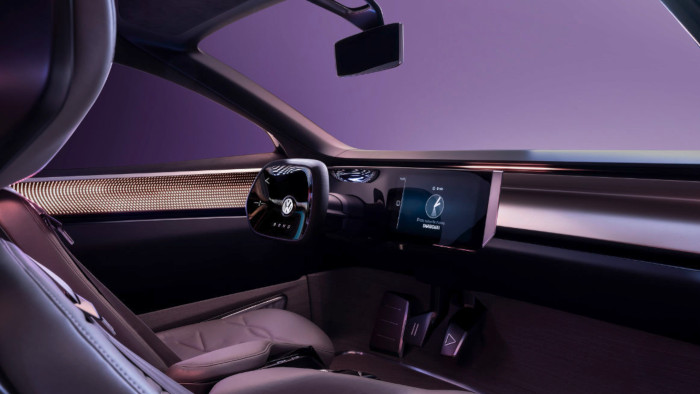
The ID. ROOMZZ is not fitted with a conventional dash panel. In the manual “ID. Drive” mode, the digital cockpit along with the steering wheel appears to hover in front of the driver. The digital cockpit consists of a full glass-front panel. The digitalised steering wheel has been conceptually integrated into the panel.
With its 82-kWh battery, the ID. ROOMZZ boasts a range of up to 450 km (WLTP) or 475 km (NEDC, China), respectively before the battery has to be recharged. In about half an hour, the concept car can be recharged to 80% of its capacity via a fast charging system with 150 kW (DC).
Two electric motors can continuously drive both axles with a system output of 225 KW / 306 PS (electric 4MOTION). The ID. ROOMZZ can accelerate to 100 km/h in 6.6 seconds and reach top speeds of up to 180 km/h (electronically regulated). As is the case with all E-cars, the maximum torque is available from the very start.
Volkswagen has said it will boost electric vehicle production to 22 million over the next decade. It made fewer than 50,000 battery-only vehicles last year.


